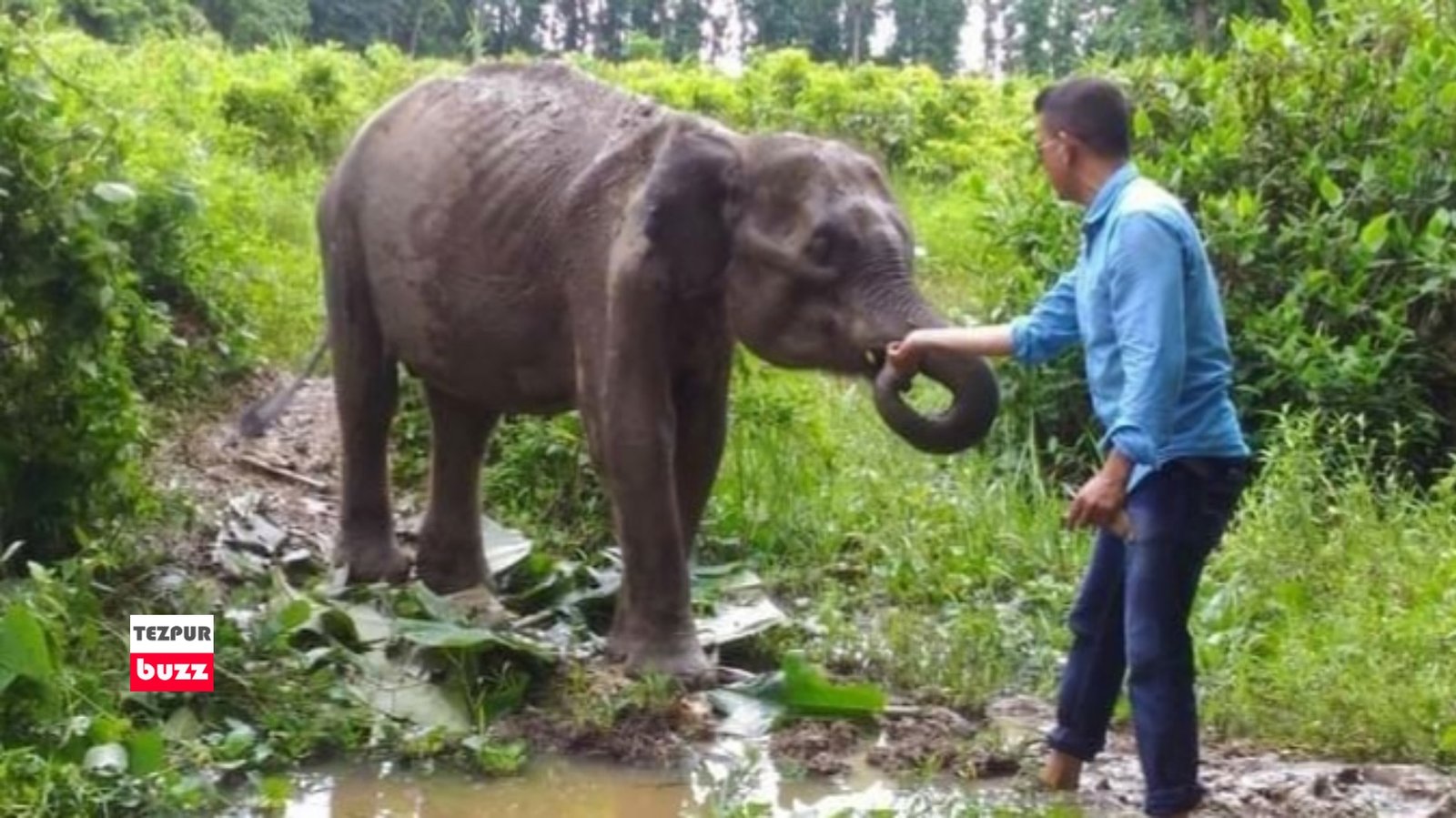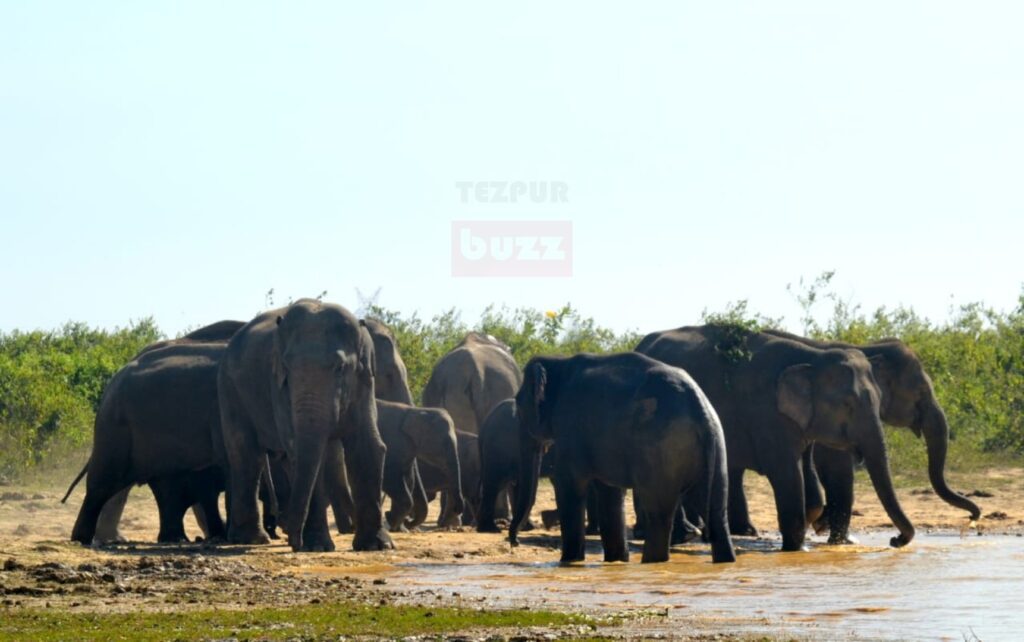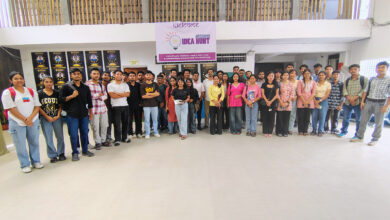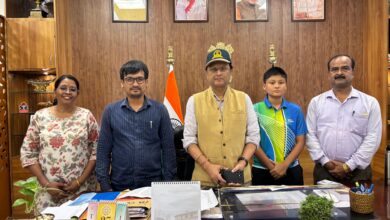
Wildlife & Environmental Activist from Tezpur, Sonitpur, Saurav Barkataki during his site visit.
A joint report published by WWF and the UN Environment Programme (UNEP) recently, has termed human-wildlife conflict as one of the greatest menaces to wildlife species.
It is crucial to comprehend that this
Human-wildlife conflict (HWC) arises when animals pose a direct and recurring risk to the livelihood or safety of people, leading to the persecution of that species.
The report is titled, “A future for all-the need for human-wildlife coexistence” and it
states that completely eliminating human wildlife conflict is not possible. However, integrated strategies can reduce conflicts and lead to a form of coexistence between people and animals.
An illustration of such a mature and gradually long-term approach can be seen in Sonitpur District.
Large-scale deforestation and degradation were driving increases in elephant crop-raiding that led to accidental human deaths and retaliatory killings of elephants was becoming a burning problem for the people of the district.

Almost two decades ago, WWF India during 2003-2004 developed the Sonitpur Model by which community members were connected with the Assam Forest Department and given training on how to work with them to drive elephants away from crop fields safely and human habitations. The organisation further built a low-cost, single strand, non-lethal electric fence to ease the guarding of crops from elephants.
The project had brought dividends. For instance, in the Gohpur area of Biswanath district, some 212 hectares of crops were being lost annually to elephants before these interventions in 2015. Afterwards, crop losses dropped to zero for four years running. Human and elephant deaths also reduced significantly.
Such approaches require work on prevention, mitigation, response, research and monitoring, all backed by strong policy support and the participation of local communities.

WWF and UNEP is stressing on the need for the world to adopt a mature approach like the Sonitpur model of conflict mitigation to deal with the issue and reduce human-wildlife conflict as it can lead to opportunities and benefits not only for biodiversity and impacted communities, but for society, sustainable development, production, and the global economy at large.









